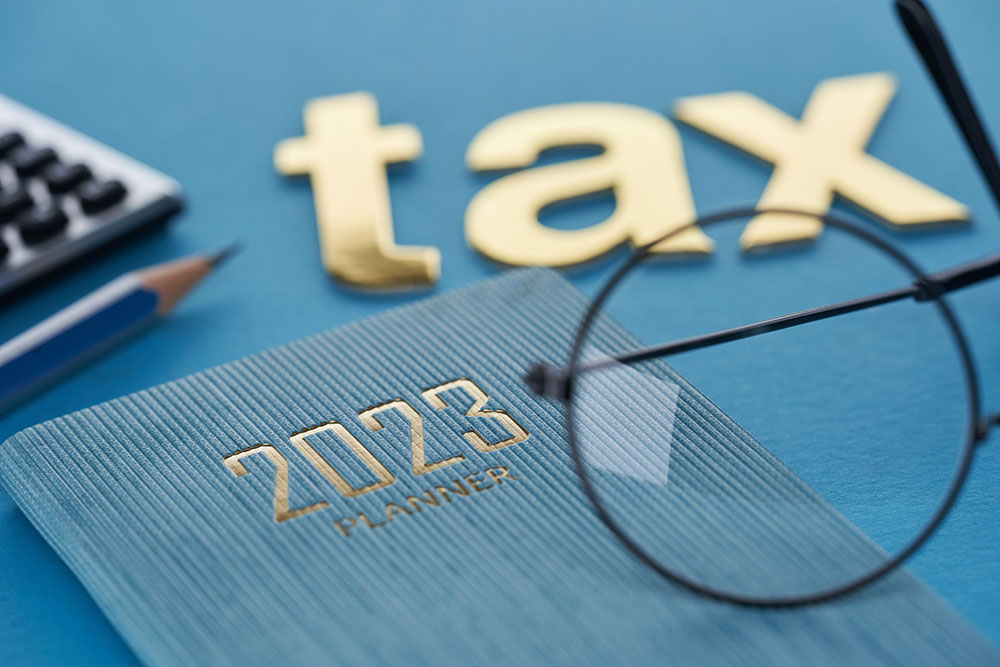Bure Valley Group is an investment introducer platform which links successful investors with exciting, innovative UK startups seeking funding. This content is for information purposes only and should not be taken as financial or investment advice.
With UK inflation still standing at 8.7% in June 2023, it is even more important for investors to protect their real returns. One key area is to keep investment fees down. Another is to ensure that you are making the best use of tax-efficient schemes.
In this guide, our team offers a survey of the UK’s main tax-saving investment schemes, comparing their benefits and drawbacks. We include some thoughts about how their unique features can be integrated effectively into a wider investment strategy.
To find out more about our EIS pipeline and other opportunities, visit our portfolio page here. For enquiries regarding our latest projects and funding, you can reach us via:
+44 160 334 0827
Tax relief: an overview
In 2023-24, the UK offers each resident a range of tax-free “allowances”, or “reliefs”, to help taxpayers keep more of their income and returns. The most prominent ones include:
- The personal allowance, which allows an individual to earn up to £12,570 each tax year without paying income tax (unless their income is above £100,000; at which point, this tax-free allowance starts to taper).
- The capital gains tax (CGT) allowance, or Annual Exempt Amount. In 2023-24, this lets a taxpayer earn up to £6,000 each tax year, outside of ISAs, without CGT liability.
- The dividend tax allowance, letting an individual receive up to £1,000 in tax-free dividends in to 2023-24.
- The personal savings allowance (PSA), which lets a basic rate taxpayer earn up to £1,000 each year, tax-free, outside of ISAs (or £500 for someone on the higher rate).
- Inheritance tax (IHT) relief, or the nil rate band, which lets an individual pass down up to £325,000 in value, from their estate to beneficiaries, without IHT liability.
Most UK residents can access these tax-saving tools. However, successful investors can also consider certain investment “vehicles” to make the tax relief even more effective.
These include the Enterprise Investment Scheme (EIS), the Seed Enterprise Investment Scheme (SEIS) and Venture Capital Trusts (VCTs).
For instance, all three schemes offer investors the chance to reduce their income tax bill – at 30% reduction for EIS and VCT, or 50% reduction for SEIS.
EIS and SEIS allow investors to generate tax-free capital gains on shares which qualify for the scheme(s), provided they are held for a minimum period. They also both let investors defer gains from other investments, provided the gains are rolled into EIS or SEIS.
Mainstream tax-saving schemes
The two main tax-mitigating “tools” available to most UK taxpayers are ISAs (individual savings accounts) and pensions.
For the former, you can put up to £20,000 into your account(s) each tax year and generate tax-free interest, capital gains and dividends.
For the latter, tax relief is available on pension contributions equivalent to the taxpayer’s highest marginal rate of income tax. There is also tax relief on capital gains and dividends on the investments held inside your pension(s).
Alternative tax-mitigating schemes
For investors interested in tax-efficient investing via early-stage companies, EIS, SEIS and VCTs can be good options. However, their suitability depends on your goals, financial situation and your risk tolerance.
VCTs, for instance, offer tax-free dividends and so can be an attractive option for income investors. However, the investment “limit” each tax year is £200,000, there is no IHT relief and investors can only claim loss relief against their capital gains tax bill, not income tax.
By contrast, EIS investments offer IHT relief if an investor holds the shares for at least 2 years. The annual investment “ceiling” for investors is higher than VCTs at £1m (or, £2m if the EIS companies are classed as “knowledge-intensive).
EIS is similar to a VCT in that it offers 30% up-front income tax relief on investments. Yet it has the added benefit of presenting “loss relief” on companies which go bust.
SEIS like EIS but with a much greater focus on businesses in their very early stages. Whilst the annual investment limit for investors is lower (up to £100,000), the income tax relief is more generous at 50%.
Similarly to EIS, IHT relief is available for SEIS shares held for at least two years and CGT relief can be claimed on shares held for three years. However, CGT deferral cannot be done through SEIS as it can through EIS.
Discerning the right alternative investment “vehicle” for your portfolio will be a very personal process and decision. However, on balance, EIS probably offers the widest range of tax-efficient benefits to investors – especially when factoring in CGT deferral and loss relief against capital gains, not just income tax.
Invitation
Interested in finding out more about the exciting startup projects we have on offer to investors here at Bure Valley Group?
Get in touch today to start a conversation with our team and discuss some of the great investment memorandums we have available here:
+44 160 334 0827


